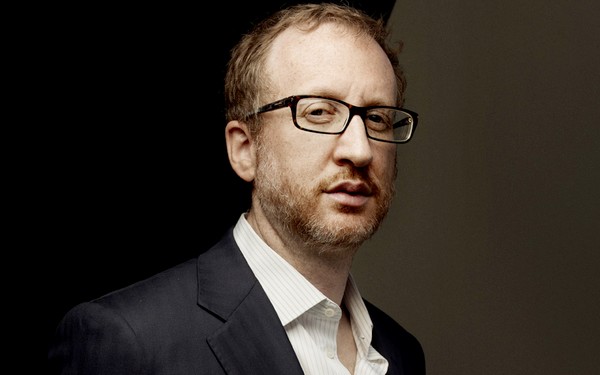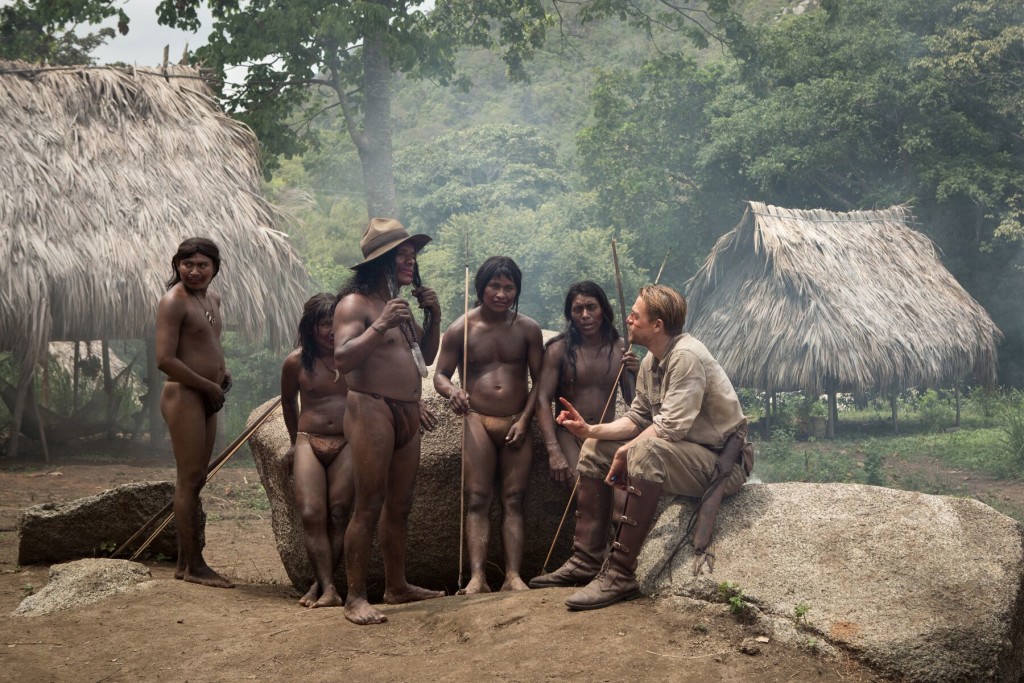
photo courtesy of SFFILM
As I wrote on Friday, with The Lost City of Z, director James Gray revives the entire genre of the historical adventure epic. I saw The Lost City of Z earlier this month at the San Francisco International Film Festival (SFFILMFestival) at a screening with director James Gray, who took questions afterwards from SFFILM Director of Programming Rachel Rosen and the audience.
Gray joked that “You can’t really pitch a movie as ‘It’s like Indiana Jones, and then he gets eaten…'” Gray said, “You you can’t beat a story told with elegance”, so you can have a subtext that is subversive. “Classical form allows the subtext to emerge.”
In one of those subtexts, Gray made it a point that the indigenous peoples in the movie are independent of his protagonist Fawcett; not just advancing the plot points in Fawcett’s quest. “It was very moving to be with the indigenous, and I filmed them doing what they do,”Gray said. He resisted filming the jungle scenes in South Africa and other less expensive locations because he needed the real indigenous people in the movie. Four real tribes – and their cultures – are shown in the film. Living so remotely, deep in the Amazon forest, the indigenous had little use for cash. One tribe asked to be paid in irrigation improvements. Another tribe negotiated for Lands End shorts. Referring to the Battle of the Somme scene, he explained that the folly and barbarism of “WW I was the end of any idea that Europe was superior”.
“I was genetically designed to be an accountant in Minsk. There’s no reason for me to go to Amazonia to be eaten by mosquitoes”. “Herzog has made three movies in the jungle. He is Superman. I’m not going back.”
Gray said that the real Fawcett is more complicated and less attractive than the screen version. As a man of his time, Fawcett was racist by our standards, and even thought that he would find more advanced “white Indians” responsible for his Lost City. The speech to the Royal Geographic Society was taken almost verbatim from Fawcett’s historical words. The actual location of Fawcett’s exploration “is no longer jungle because it has been cleared for soy bean fields”.
To shoot a film in 35 mm, Gray’s team had to train a film loader in 1970s camera equipment. Each day, the day’s work went by crop duster to a local airport to Bogotá to Miami and, finally, to the lab in London. Each day the crew endured a nerve-wracking wait until getting a call by satellite phone to confirm the film’s arrival in London, Three days’ work didn’t make it and had to be shot over again.
Gray originally adapted the screenplay for Brad Pitt, who owned the movie rights to the book by David Grann, but, by the time they had raised the money, “then his big WW II movie came along”. Pitt’s producers pitched Benedict Cumberbatch for the lead, and Gray thought, “Wow, this guy looks very odd”, but then embraced that casting choice.
Two weeks before shooting, Cumberbatch backed out because his wife was pregnant and due during what would be the middle of the jungle shoot.
Pitt’s producers then pitched Charlie Hunnam for the lead. Gray’s wife had been binge-watching Sons of Anarchy, so Gray didn’t see the fit until he dined with Hunnam. Gray learned that Hunnam is a Brit from Newcastle and found him to be swashbuckler-handsome, charming, intelligent and driven – feeling underappreciated as a TV actor. “I could mine that”. thought Gray. Gray “understood the burden of having a father blow the family fortune” and was attracted to the character responding with an obsession to with become a famed success.
Gray also noted that Charlie Hunnam will play the title character in the King Arthur movie franchise and that Tom Holland, who plays Fawcett’s son, will be the new Spider Man.
As I wrote on Friday, movie studios used to make an entire genre of very fun movies from Gunga Din and The Four Feathers through Lawrence of Arabia and Zulu that featured white Europeans getting their thrills in exotic third world playgrounds. We often cringe at the racist premises and the treatment of “the natives” those movies today. Since the 1960s, the best examples of the genre, like Raiders of the Lost Ark, have had an ironic tinge. Gray’s The Lost Cuty of Z has all the spectacle of a swashbuckler, while braiding in modern sensitivities and a psychological portrait. This is a beautiful and thoughtful film.
I highly recommend this brilliant interview of Gray by Peter Canavese on Groucho Reviews If you stay with it to the end, there’s a whopper of a Joaquin Phoenix anecdote.

photo courtesy of SFFILM
